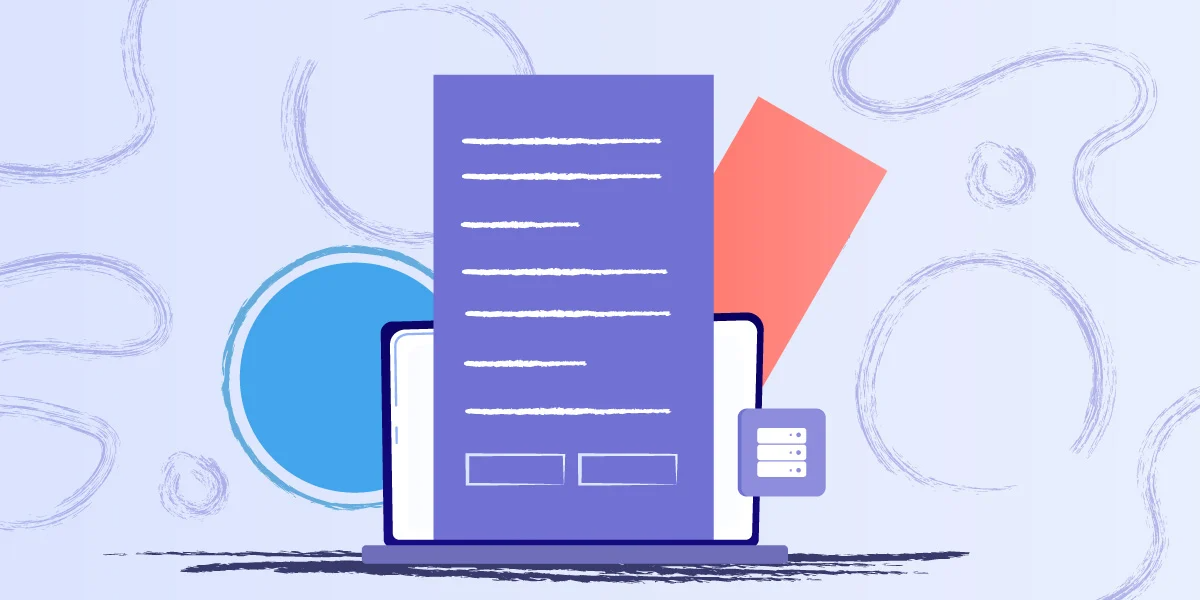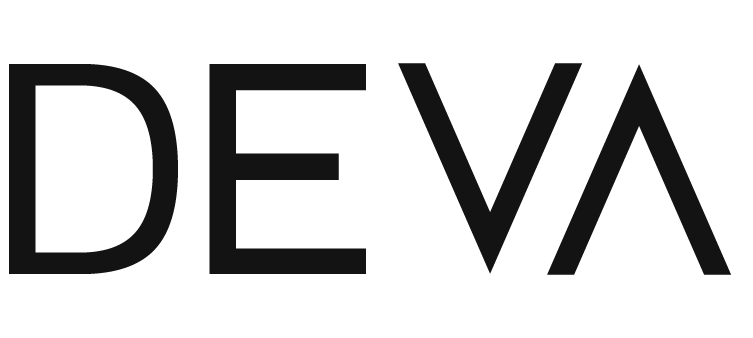You’re feeling like a jumble of numbers and masks when you hear someone rant about IP addresses. Don’t worry, that’s not unusual. Mastering IP Subnetting is no joke but don’t despair: this ultimate subnetting cheat sheet will make the process less of a daunting mystery! You’ll be able to recognize and distinguish subnets in this simple guide. No matter if you consider your networking skills advanced or just beginning your journey, administrators of all networks must understand the fundamentals of IP address and how it operates in order for their respective networks to be functioning properly.

IP subnetting, which allows IT professionals and administrators of networks to optimize and manage networks efficiently is a crucial expertise. The ultimate guide to subnetting is here to assist you in understanding the complex world of subnetting. This complete guide, whether you are a novice or simply need an easy reminder will give you all the necessary knowledge and methods for IP subnetting.
I. Understanding IP subnetting:
IP subnetting refers to the practice of dividing a network into smaller subnetworks, known as subnets, to improve the efficiency of the network and to manage IP address allocation. This involves creating logical networks within a large network and assigning IP addresses that are unique to each. This allows data to be efficiently routed and also improves security.
II. Subnetting is a must cheat sheet:
Subnetting cheatsheets are a valuable tool for administrators of networks. It’s a helpful guide that contains formulas guidelines, rules, and subnetting strategies. This makes the subnetting process easier and more accurate. The cheat sheet will save you time and ensure accuracy when it comes to doing calculations for subnetting.
III. IP Subnet Cheat Sheet: Essential Elements
1. Subnet mask: A subnet mask determines the network and host portion of an address. The cheat sheet is useful as a quick reference tool to help determine the subnet by determining how many network bits are present.
2. Network Address: This is the address that is used to identify a base subnet. It defines the subnet’s location in the overall network.
3. Broadcast Address: The broadcast address is the top address in an entire subnet. It’s used to transfer data to all devices within that subnet.
4. Host range : This range is all valid IP address which can be assigned to devices that are located on a particular subnet. The network and broadcast addresses are not included.
5. CIDR notation: Classless interdomain routing (CIDR), which is symbolized by the slash symbol (/) and followed by the number of network bits, is the subnet mask. The cheat sheet offers an conversion table that can be used for quick review.
IV. Subnetting Success: Tips and Techniques
1. Subnetting by hand The cheatsheet subnet offers steps-by-step directions for subnetting. It doesn’t require calculators or subnetting software. Knowing the basic concepts will enable you to confidently tackle subnetting problems.
2. Variable Length Subnet Masking (VLSM) VLSM allows for the assignment of different-sized subnets within a network. The cheat sheet subnet offers instructions on how to utilize VLSM effectively to maximize the allocation of IP addresses.
3. Binary to Decimal Conversion: Understanding the binary-to-decimal conversion is necessary for subnetting. The cheat sheet contains the table of conversion as well as tips to quickly convert binary numbers into decimal.
4. The Subnetting Quick Reference Chart comprises an illustration of the number network bits to corresponding subnet masks, as well as the number and number of subnets.
5. Subnetting Examples The cheat sheet provides real-world examples and sample subnetting problems that allow you to test your abilities and increase your understanding.
V. Benefits of subnetting cheat sheets:
1. You can reduce time making use of a cheatsheet to do subnetting. It allows you to quickly and precisely complete subnetting calculation tasks.
2. Efficiency and accuracy Cheat sheets are a reliable resource that reduces the chance of errors during subnetting calculations, as well as ensuring effective utilization of network resources.
3. Learning Aid Cheat Sheet: The cheat sheet functions as a tool for learning, to help you comprehend subnetting concepts and techniques more efficiently. This cheat sheet can help you understand the concept of subnetting, and will make it easier to utilize it.
With a thorough understanding of IP subnetting IT professionals can easily set up networking systems and effectively maintain IP networks. After completing the ultimate cheat sheet for network administrators most likely you’ve gained key tips on how to handle and examine subnets. Although IP subnetting isn’t a requirement for a deep knowledge of the basics of networking however, it’s important to go over them to understand the tools. Like any IT ability you acquire practicing is the most important factor. Be sure to regularly work through the IP subnetting Cheat Sheet exercises so that you understand the subject. Best of luck!
